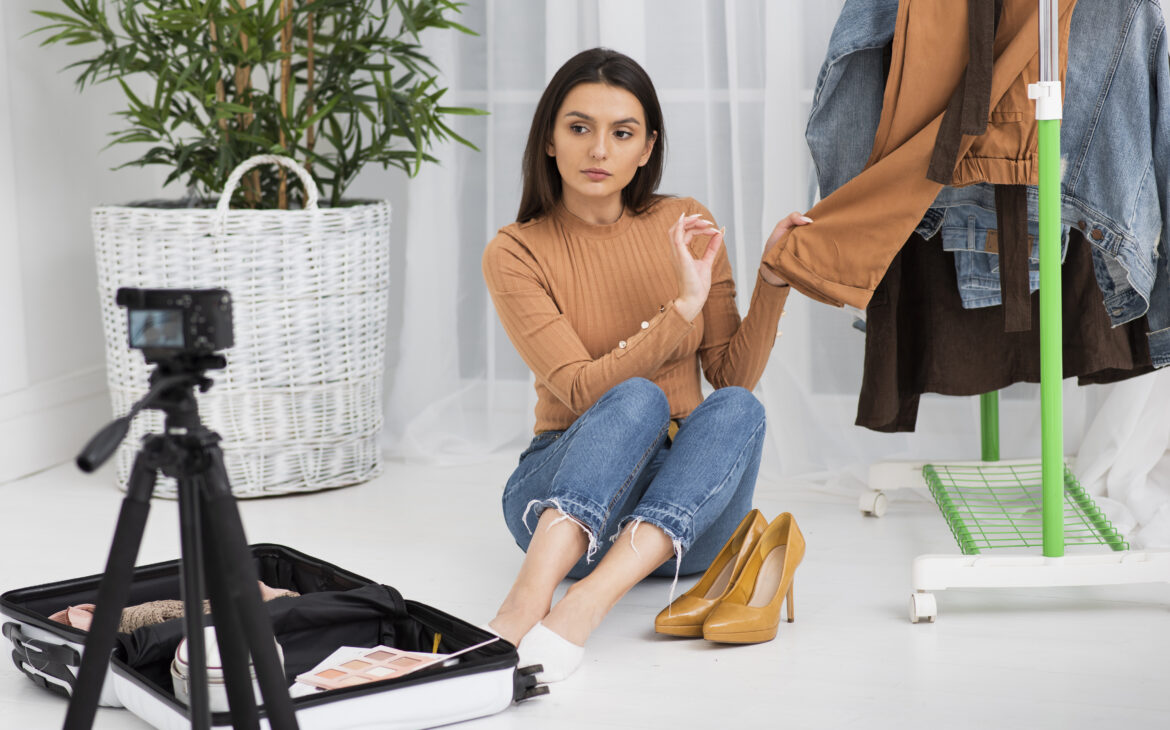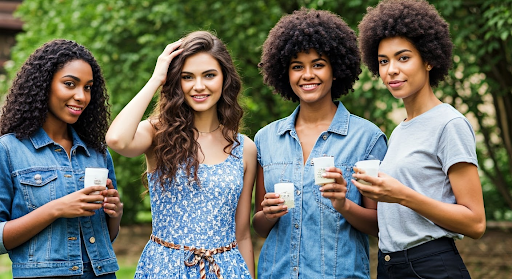The world of ecommerce model photography comes with a place where fashion, creativity, and strategy come together, mixing elegance with business. Enabling brands to paint vivid s tales and weave captivating consumer narratives, ecommerce model photography has emerged as a potent tool for online fashion retailers. It beautifully combines creative aesthetics and commercial pragmatism, crafting visuals that both entice and engage potential customers. This blog covers everything you need to know about e-commerce model photography, right from its importance to how to do it.
What is the Importance of Ecommerce Model Photography?
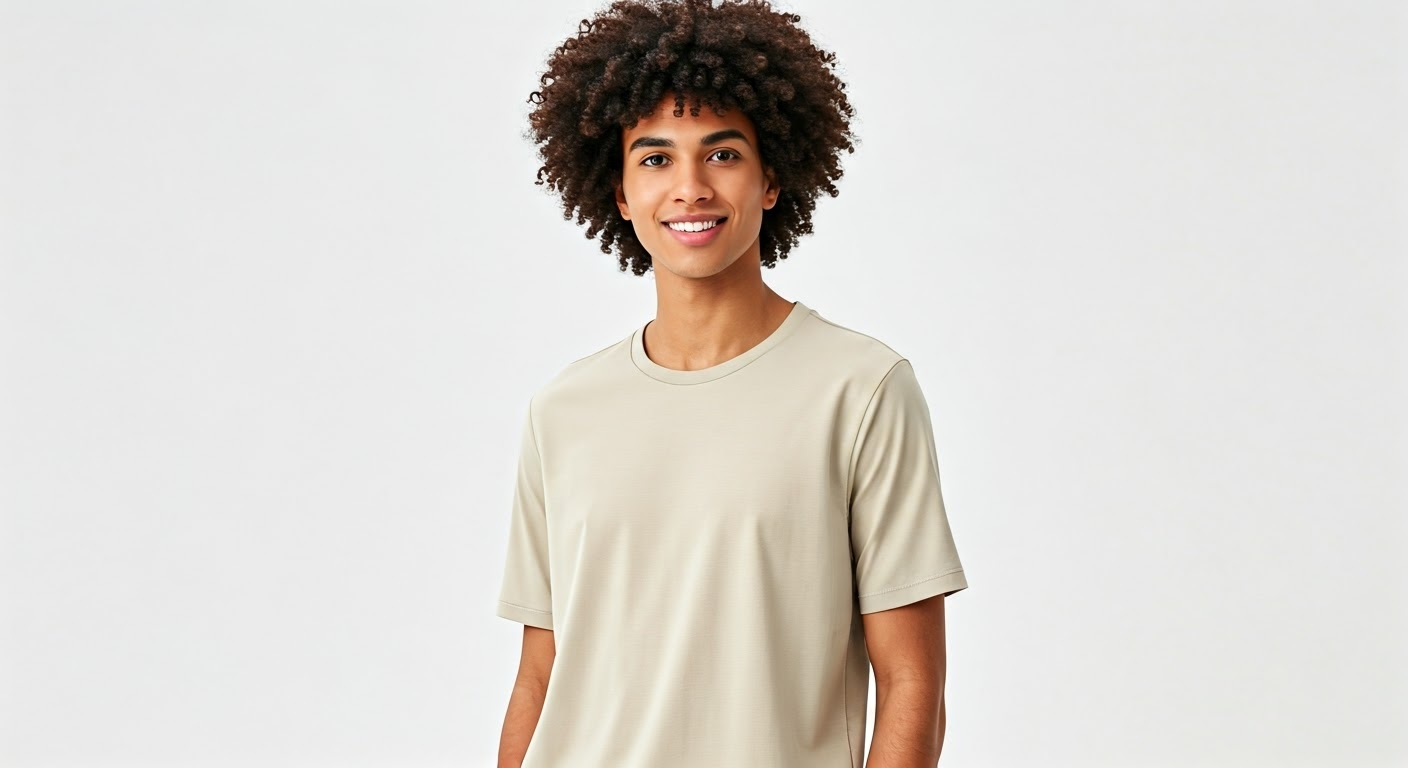
Ecommerce model photography plays an instrumental role in influencing potential buyer decisions by enabling them to visualize themselves using the product. It facilitates an immersive shopping experience virtually, allowing buyers to get a comprehensive view of the product features and understand its utility better. Above all, it brings an element of authenticity and relatability** to an online store, substantially bolstering a brand’s reputation and identity.
Enhancing Product Presentation
Effective ecommerce model photography forestalls the need for a physical experience by mimicking an in-store browsing environment. Customers can appreciate the texture, patterns, layout, and overall quality of the product via highly-detailed images. The power of expert on-model photography lies in its ability to vividly depict how clothing items or accessories fit, drape, or look on real people, filling the role of changing rooms for online shoppers. It serves as a visual tool for making informed purchase decisions. Moreover, presenting these products in real-life scenarios encourages buyers to perceive their practicality and fit within their lifestyle more accurately.
Establishing a Brand Identity
Ecommerce model photography also plays a pivotal role in actively shaping an engaging brand identity. An online store presents its line of products via high-quality, stylized images, reflecting the brand’s unique essence, vision, and aesthetics. By employing models that embody the brand’s persona and vibe, an emotional connection is established with the target audience, fostering brand loyalty and customer retention. Professional photographers versed in ecommerce on-model photography understand this relationship and astutely use their skills to capture the unique attributes of different fashion items, intrinsically aligning them with the brand’s image. This subtle layer of authenticity not only enhances the appeal of products but also resonates deeply with customers.
What Are The Types of Ecommerce Model Photography?
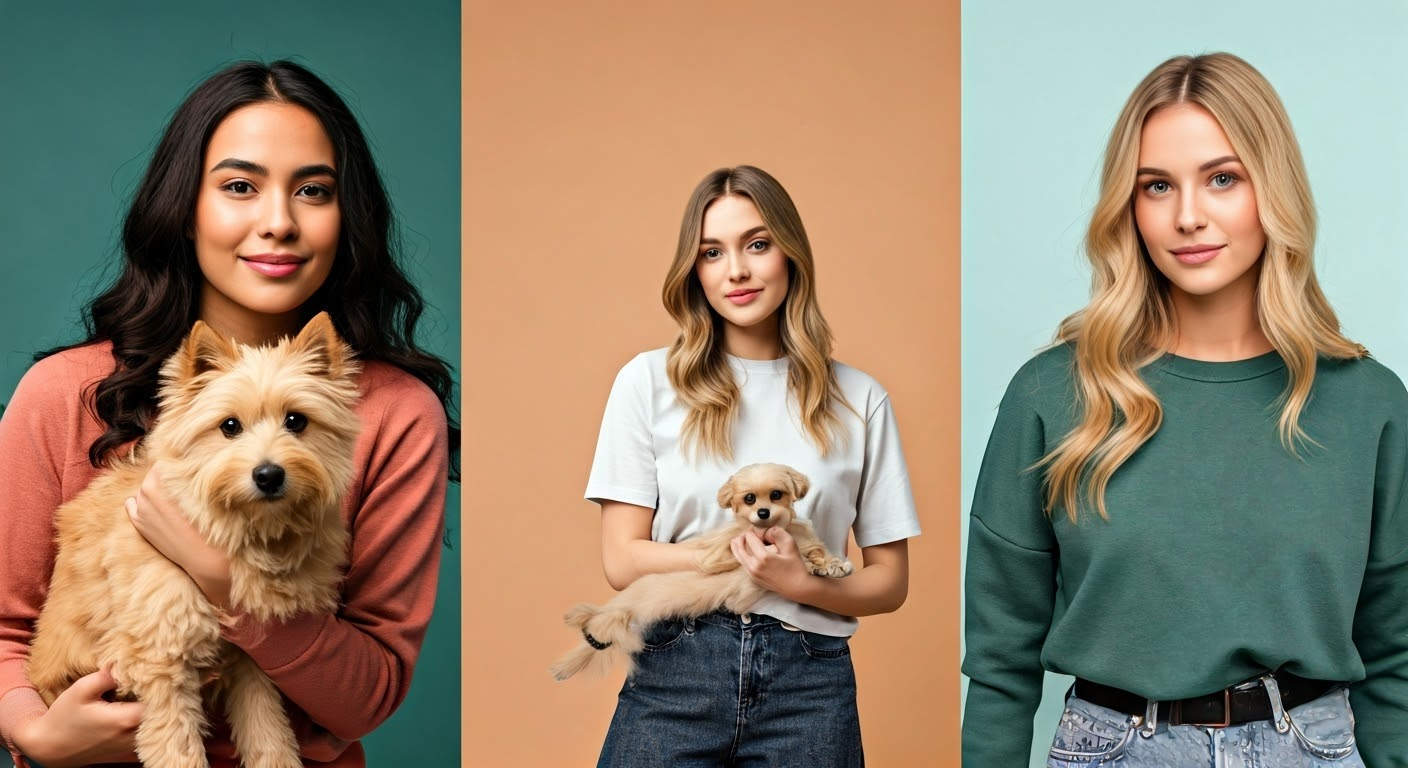
Ecommerce model photography encompasses various styles, each serving a distinct objective and resonating with a specific segment of viewers. The key lies in understanding the right technique to employ making it imperative for brands to understand the variety it offers. Let’s delve deeper into the most widely used types of ecommerce model photography, way beyond merely showcasing models donning apparel.
On-model Photography
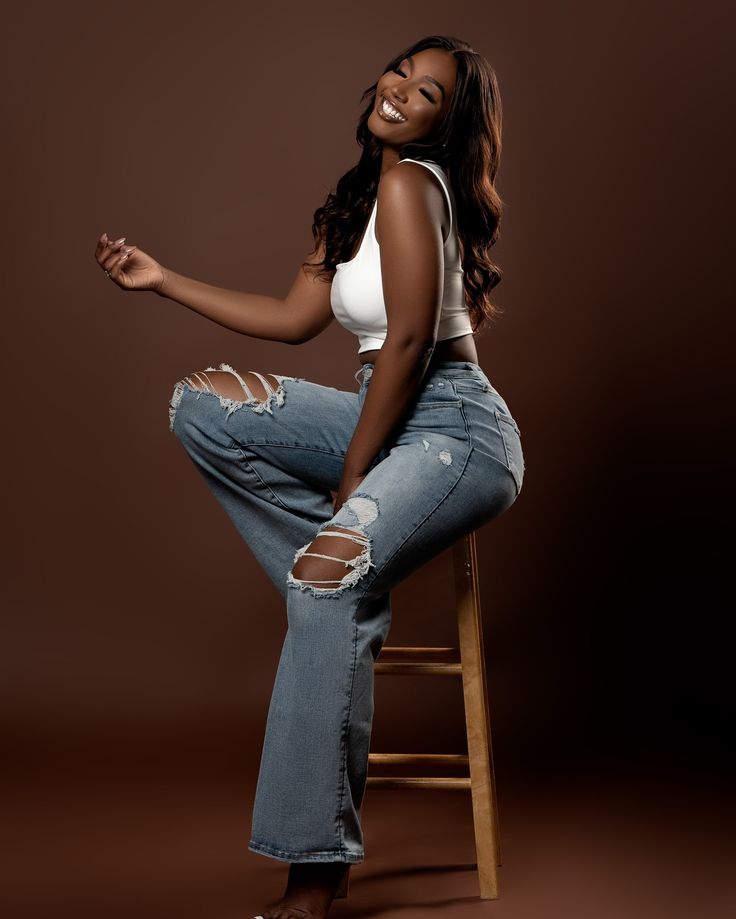
On-model photography is a highly effective adjunct to marketing strategies intended to capture the allure of clothing designs for ecommerce photography. The primary objective here is to present clothing as an irresistible addition to a customer’s wardrobe. By displaying perfect visuals of models flaited in clothing and accessories, customers can visualize themselves in the attire, significantly increasing conversion rates for ecommerce fashion brands. A stellar on-model photoshoot involves meticulous planning, thoughtful curation, and brisk execution to deliver results that surpass client expectations. The resultant high-resolution visuals carry the color, clarity, and quality necessary to revitalize ecommerce stores and sell fashion merchandise more effectively.
Hand, Foot, and Pet Modeling
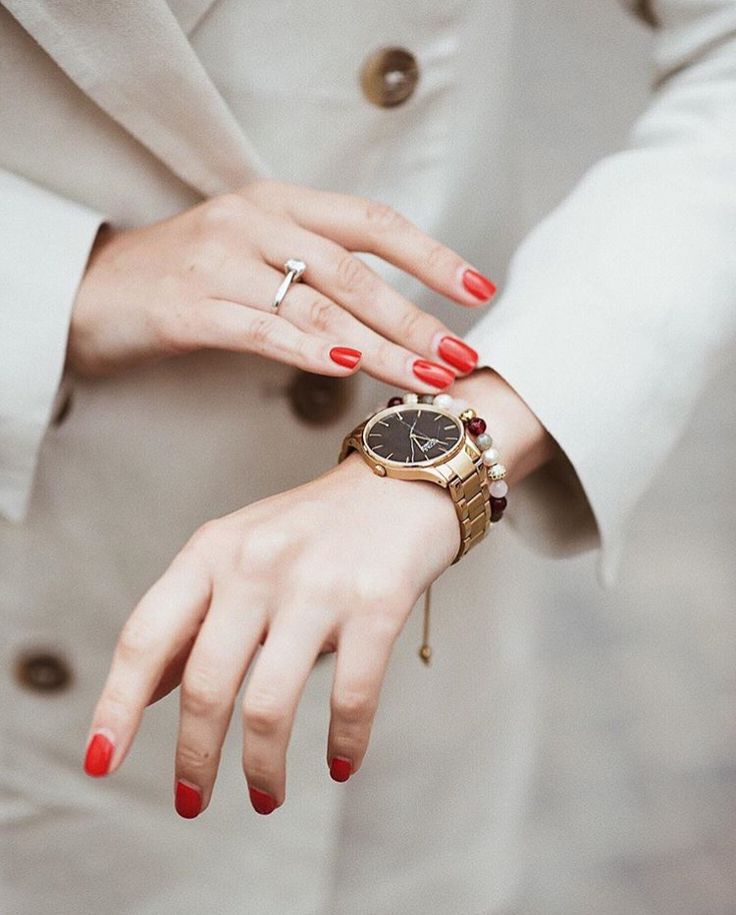
Hand and foot modeling serve as powerful add-ons in commerce product photography, achieving remarkable traction for showcasing details of specific products. Photographing rings, bracelets, and watches using hand models or showcasing socks, shoes, or pedicure products with foot models provides real human shapes, allowing customers to gauge the design’s scale and practicality accurately.
Brands also employ pet models that exude a unique charm, making their high quality product photos pop out in the competitive ecommerce landscape. Pet models lend authenticity to scenarios where pets are interacting with products, engaging in activities, or featuring clothes, shoes, and accessories, creating visually pleasing photographic narratives.
Lifestyle Photography
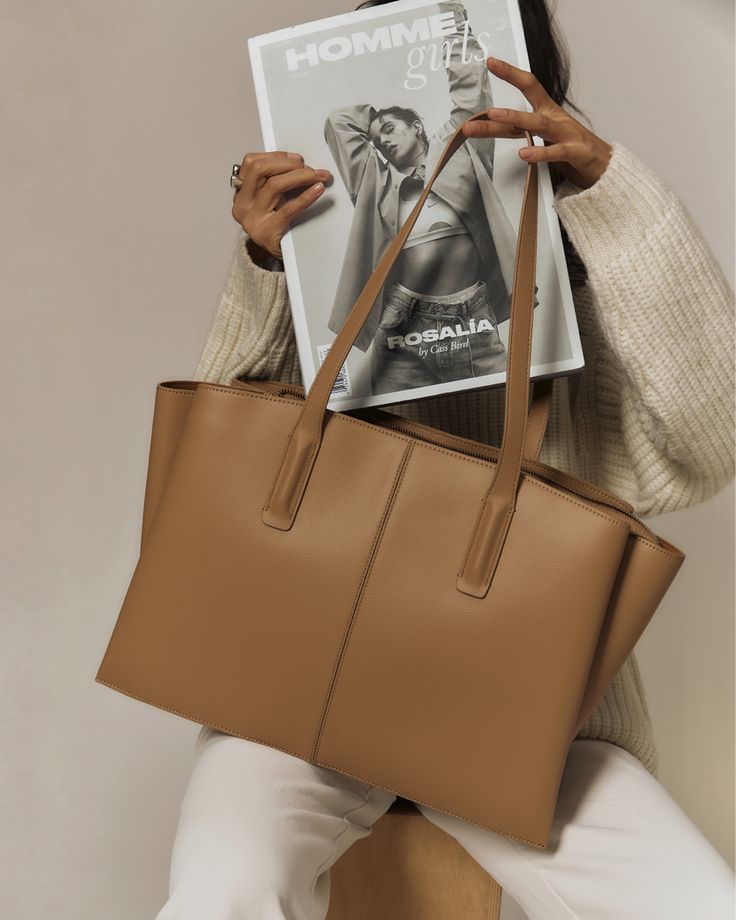
Lifestyle photography serves as a brilliant tool to depict products integrated seamlessly into real-life scenarios. Displaying merchandise being used or operated by real models enhances authenticity and transparency for social media and website. It provides a more accurate representation of how the product serves in different setups and against diverse backdrops.
Notably, for intricate jewelry or statement bags, on-model approach helps to highlight the finer details and craftsmanship. Moreover, for activewear and swimwear showcased by models engaging in relevant activities, customers can better visualize the items’ fit, functionality, and look. The on-model approach in lifestyle professional photography resonates with the customer’s lifestyle preferences and habits, enhancing the product’s appeal.
How To Plan the Photoshoot for e-Commerce Model Photography
Executing a successful ecommerce model photoshoot requires significant planning and coordination. Here are some steps to ensure that you have the best photoshoot, for e-Commerce model photography.
Selecting The Right Models
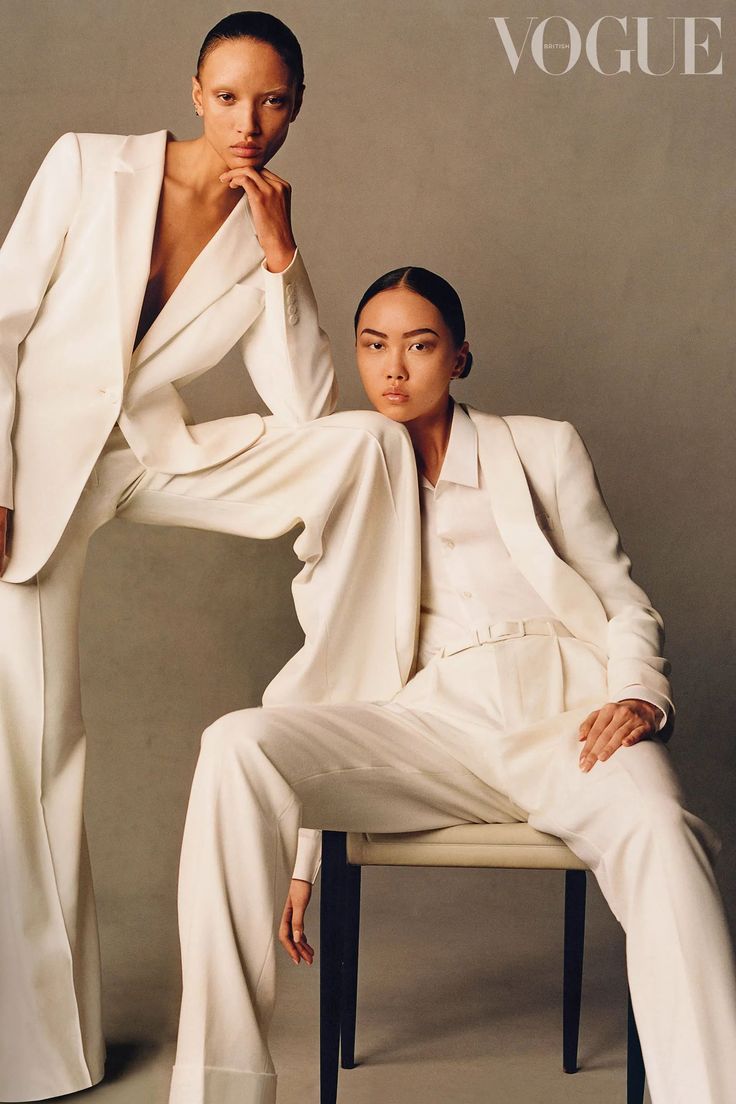
Choosing the right model is crucial in ecommerce model photography as it significantly impacts the overall representation of the product. Here are some essential factors to consider while choosing a model:
- The model for e-commerce should align with your target audience demographics, such as age, body type, and style preferences.
- Assess the model’s strengths and weaknesses to highlight the best attributes effectively.
- For diverse product ranges, models need to display product versatility.
- Ensure the model is comfortable with the photographer and shares a good rapport to create natural and captivating shots.
Choosing The Right Location and Setup
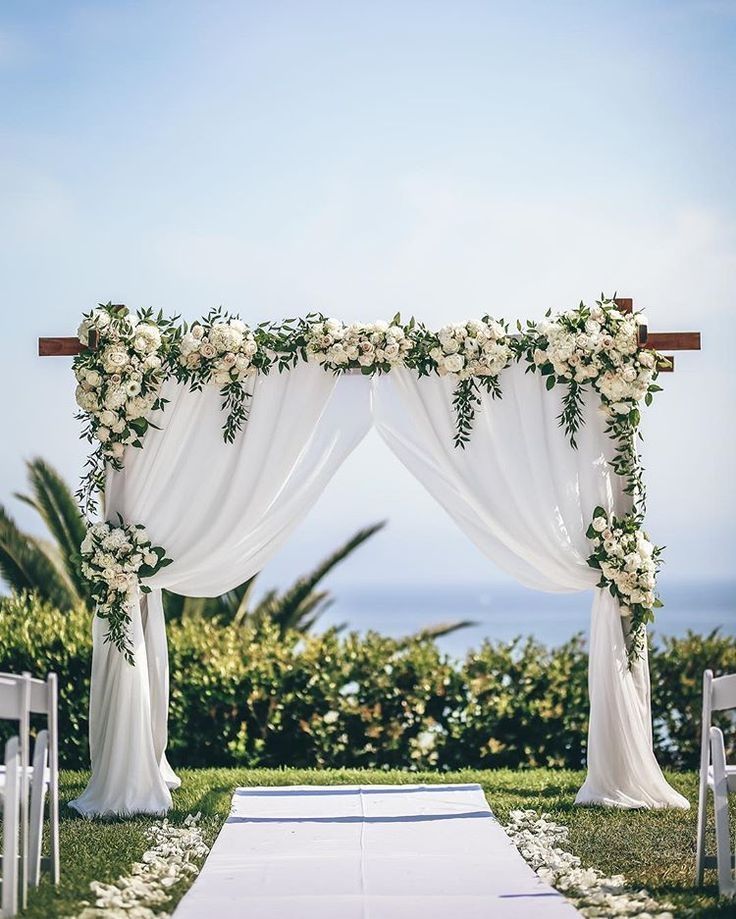
A carefully chosen location and setup greatly contribute to the shot’s overall impact. It should align with the brand’s identity and the product’s context. If your products need a natural, outdoor setting, opt for places that complement the product colors and textures.
In contrast, if your product requires a studio setting, make sure the backdrop isn’t too loud or distracting, as it should amplify the product, not take away its limelight. Achieving the right balance in lighting is also crucial – it should neither be too harsh to create stark shadows nor too weak that it fails to illuminate the product.
Collaborating With a Professional Photographer
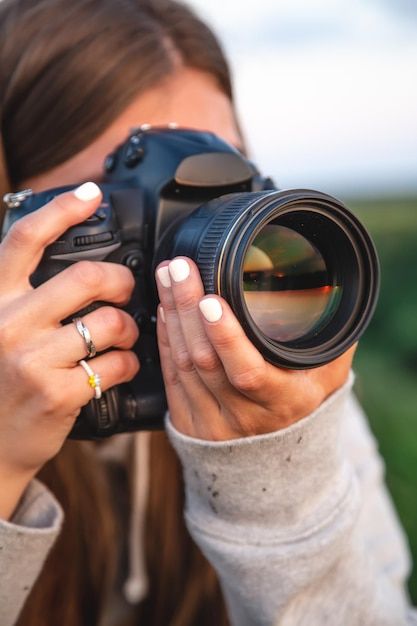
Collaborating with an experienced ecommerce model photographer can significantly contribute to capturing premium quality images that resonate with customers. These photographers bring in their knowledge and expertise in highlighting the unique attributes of different items, which helps to transform the brand’s image.
They have meticulously honed their skills behind the lens to capture uncanny images that resonate well with the brand’s aesthetics. A state-of-the-art photography studio equipped with advanced tools like cinematic lighting and monolights increases the chances of obtaining high-quality images that meet your expectations.
Also read: 10 Must-Try Photography Product Background Ideas
Capturing The Perfect Shots
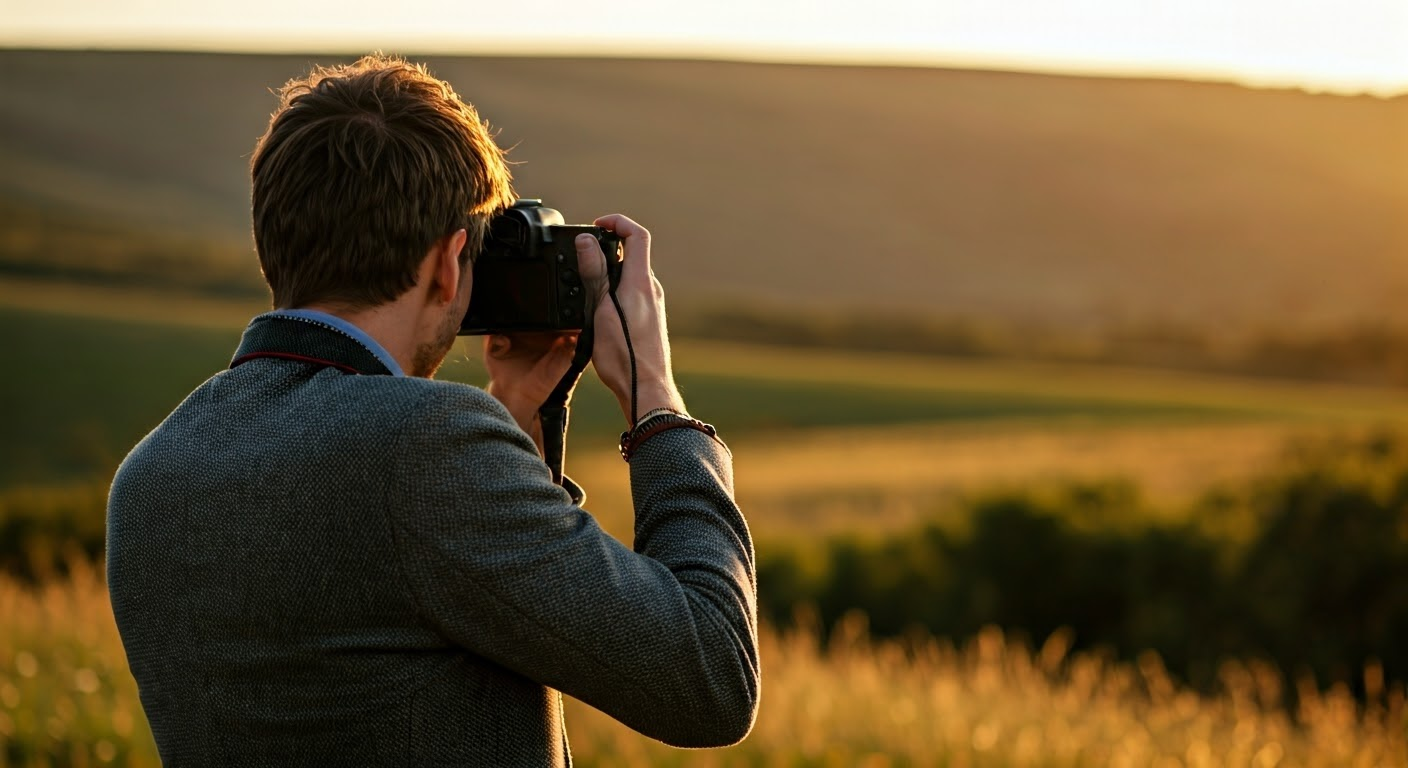
Getting the perfect shots requires an intricate understanding of various elements like lighting, composition, product highlighting, and experimenting with different backgrounds. Each aspect contributes to elevating the details of your e-commerce products. Let’s delve deeper into the integral facets of capturing the perfect shots.
Lighting and Composition Tips
Lighting and composition play an integral role in capturing high-quality ecommerce model photography. Here are some useful tips:
- Ensure ample lighting to prevent dark shots; natural light is preferable.
- Use reflectors or white bounce cards whenever necessary to soften the shadows and evenly distribute light.
- For compositions, consider the rule of thirds for balanced and attractive shots.
- Experiment with different angles and perspectives for a variety of shots.
Showcasing Product Features and Details
Ecommerce model photography must effectively showcase the product features and details. Close-ups or zoomed-in shots are effective ways to highlight intricate details, patterns, and the quality of materials used. On-model photography can depict how clothing fits, drapes, and looks on real people, providing practical information about the fit. Incorporating props that complement the product can also add depth to the shots. It’s essential to maintain balance in the shots without over-complicating them with unnecessary elements.
Experimenting with Different Backgrounds and Props
Experimentation lays the foundation for creativity. Exploring different backdrops and using diverse props can help create a range of visuals that cater to various customer preferences. Brands can experiment with solid color backdrops, textured backgrounds, or natural setups depending on the product and the brand’s identity. Similarly, using props that enhance the product’s appearance without diverting the spotlight from the product is an art worth mastering. They should subtly contribute to creating a visual story, making the composition more appealing and engaging.
Post-Production Process
Post-production in ecommerce model photography involves refining the raw photos to make them web-ready. Here are the steps involved in the post-production process.
Editing and Retouching Best Practices
Editing and retouching are critical to ensure your images stand out. Focus on aspects like sharpness, white balance, brightness, contrast, and color saturation. Slightly increasing the sharpness can define the edges better and give your image a crisp look. White balance adjustment can make the image look cool or warm, depending on your intention. Adjusting the brightness can provide more highlights to certain areas of your image, but avoid excessive brightness as it can give the image a washed-out quality. A slight increase in color saturation can bring out more color, making the image appear lively. Always remember that less is more when editing and retouching.
Preparing Images for the Online Store
Once the images are edited and retouched, they need to be prepared for upload. Ensure they are optimized in terms of image size and format for faster web loading. Shopify, for instance, recommends a square product photo size of 2048 x 2048 pixels for optimal display. Below is a suggested guideline for ecommerce product photo dimensions:
|
Aspect Ratio |
Size |
|
Square |
2048 x 2048px |
|
Portrait |
2048 x 3089px |
|
Landscape |
2048 x 1536px |
Compress your product images to reduce their file size without compromising their quality. You can use online tools like TinyPNG or Adobe Photoshop’s ‘Save for Web’ feature.
Improve Your E-Commerce Brand with FlixStudio’s Expert Model Photography
FlixStudio revolutionizes e-commerce model photography by delivering high-quality, conversion-driven visuals that elevate brand identity and customer engagement. Our expert team specializes in capturing stunning, professional images that bring products to life, creating an aspirational and relatable shopping experience.
From fashion and beauty to activewear and accessories, we tailor every photoshoot to align with your brand’s vision, offering diverse model selections, seamless post-production, and optimized imagery for websites, social media, and marketing materials. Investing in FlixStudio’s photography services ensures a competitive edge, driving higher engagement, stronger brand recognition, and increased sales. Contact us today and transform your e-commerce visuals with compelling, high-impact photography!
Conclusion
Ecommerce model photography is a powerful instrument for crafting compelling narratives around products. It’s not just about capturing stunning images; the endeavor extends into shaping brand identities, arousing emotions, creating authentic connections, and enhancing customer engagement. Professionally taken ecommerce model photographs significantly increase the chances of converting potential buyers into loyalists. With these key insights at your disposal, explore the exciting world of ecommerce model photography, refine your craft, and take your ecommerce sales to new heights!
Frequently Asked Questions
How to choose the right model for your ecommerce photoshoot?
Choosing the right model involves recognizing the strengths of each aspiring model, understanding your brand’s aesthetics and target demographic, and ensuring they align elegantly. The model should have a natural flair in front of the camera and share a good rapport with the photographer.
What equipment is needed for an ecommerce model photography session?
Ecommerce model photography requires a DSLR or quality smartphone camera, a sturdy tripod, an ideal backdrop, good lighting setup or natural light, a range of suitable props, and of course, the chosen models. A professional photographer could also bring equipment like reflectors and diffusers.
How much should I expect to spend on an ecommerce model photoshoot?
The cost of an ecommerce model photoshoot depends on several factors, including the photographer’s fees, model charges, location or studio costs, and the cost of props or outfits. Prices can significantly vary, so it’s best to plan according to your budget.
Can I do my own ecommerce model photography, or should I hire a professional?
While you can attempt to do your own ecommerce model photography, hiring a professional offers you the benefit of expertise and experience, high-grade equipment, and a keen eye for detail. Professionals profoundly understand the nuances associated with executing a successful photoshoot, resulting in high-quality, captivating images that sell.

